Главное меню
Вы здесь
70-410 Installing and Configuring Windows Server 2012 01-Введение
чт, 28/07/2016 - 16:29 — vs
Windows Server 2012 R2 Editions
- Windows Server 2012 R2 Foundation - Enables a Windows Server experience for a small office network of up to 15 users. No virtualization rights are
included. - Windows Server 2012 R2 Essentials - A step up from the Foundation edition, this edition works well on small networks of up to 25 users and 50
devices. This version provides preconfigured connectivity to cloud-based
services, but no virtualization rights are included. Windows Server 2012 R2
Essentials adds many new and enhanced features, including improved capabilities for server deployment, client deployment, user and group management,
storage management, data protection, BranchCache, integration with Office
365, management of mobile devices, restoration of client computers, management of remote web access, and integration with Microsoft online services. - Windows Server 2012 R2 Standard - A robust, ideal platform for mediumsized offices that are designed upon a physical or minimally virtualized environment. Two virtual instances are included.
- Windows Server 2012 R2 Datacenter - The most robust edition of Windows
Server 2012, this edition provides all the capabilities for running a highly virtualized, cloud-accessible networking environment.
Windows Server 2012 R2 User Interface
When you install Windows Server 2012 R2 you can choose between
- Server Core Installation - A stripped-down version of
Windows Server 2012 R2 that does not contain any GUI, taskbar, or Start menu.
After logging on, you are presented with a command prompt window, from which
you perform all administrative actions. A Server Core computer uses less hardware
and memory resources than a normal server but is able to perform most (but not all)
of the roles that a normal server performs. Furthermore, a Server Core computer is
more secure because it presents a smaller attack footprint than a normal server. In
fact a Server Core installation uses about 4 GB less hard drive space for the operating system files compared to the same installation in the Server with a GUI mode.
You can use the command line, Windows PowerShell, or remote methods to administer a server running in Server Core mode. You can also administer a Server Core
computer from another server that is configured with the Server with a GUI option
or from a Windows 8.1 computer with the Remote Server Administration Tools
installed. Note that you must use the Windows 8.1 version of these tools; those that
are included with previous versions of Windows don’t work with Windows Server
2012 R2. - Server with a GUI - The Server with a GUI option in Windows Server 2012 R2 is equivalent to the
Full Installation option in Windows Server 2008 R2.
Server Manager
Introduced in Windows Server 2008 and completely redesigned in Windows
Server 2012 and Windows Server 2012 R2, Server Manager is a Microsoft Management Console (MMC) utility that replaces the Computer Management console
found in previous Windows Server versions and adds considerable new management functionality. In particular, it includes the management tools formerly part
of the Manage Your Server, Configure Your Server, and Add or Remove Windows
Components applications in Windows Server 2003
From the Server Manager dashboard, you can perform the following tasks:
- Configure the local server
- Properties: Enables you to view and configure many server properties. Click the values displayed in blue to display dialog boxes for this
purpose. - Events: Displays a subset of events from the Event Viewer System log
and enables you to filter these events and perform queries to locate
desired events. - Services: Displays information about services running or stopped on the
computer and enables you to start or stop services. You can also filter this
list and perform queries. - Best Practices Analyzer: Enables you to create a report describing any
issues on your server (including those with server roles and features that
you have installed) and providing recommendations for resolving them. - Performance: Displays a simple Performance Monitor graph and
enables you to configure alerts that inform you of unusual performance
situations such as high processor usage. - Roles and Features: Lists roles, role services, and features installed
on this computer and enables you to filter the list and remove roles or
features. - Add roles and features: Starts the Add Roles and Features Wizard, as
described in the next section. - Add other servers to manage: On a domain controller or domain member server, it enables you to search for other servers using Active Directory
Domain Services (AD DS). You can then perform various server management
tasks on these computers. - Create a server group: You can name a server group
and add servers on the network to this group.
- Properties: Enables you to view and configure many server properties. Click the values displayed in blue to display dialog boxes for this


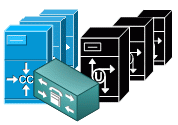
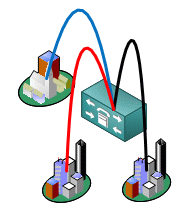

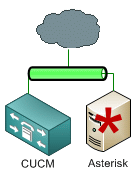

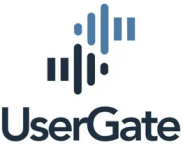


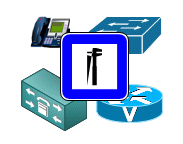
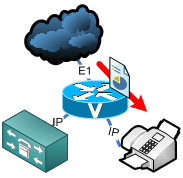

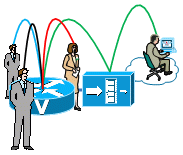
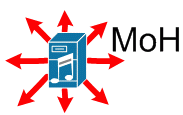

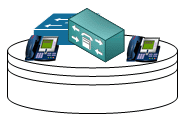

Добавить комментарий